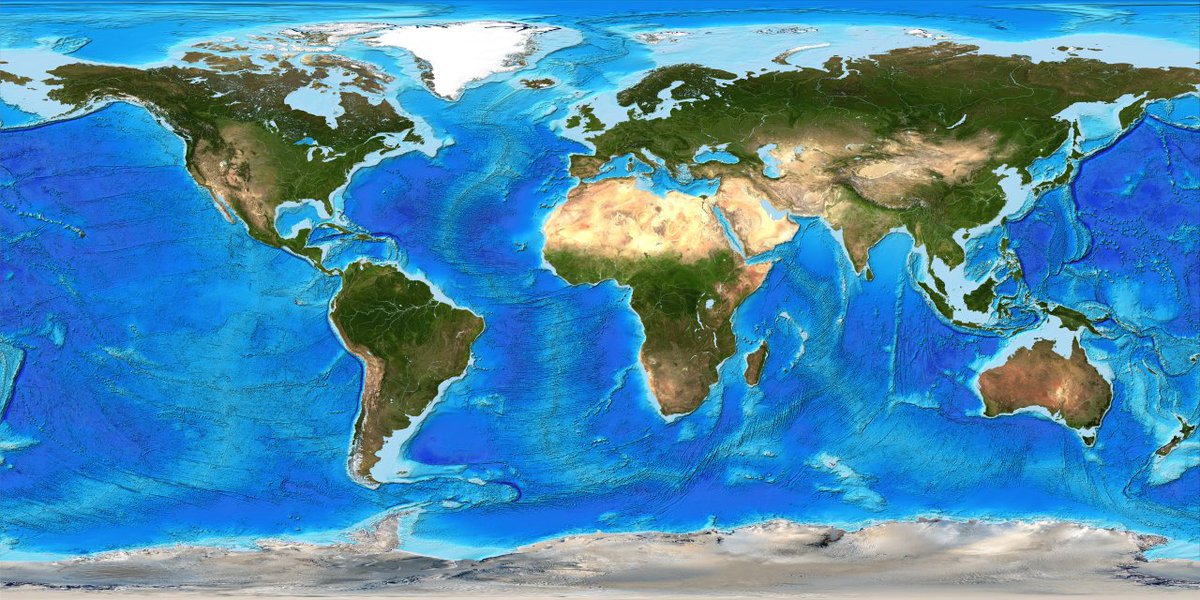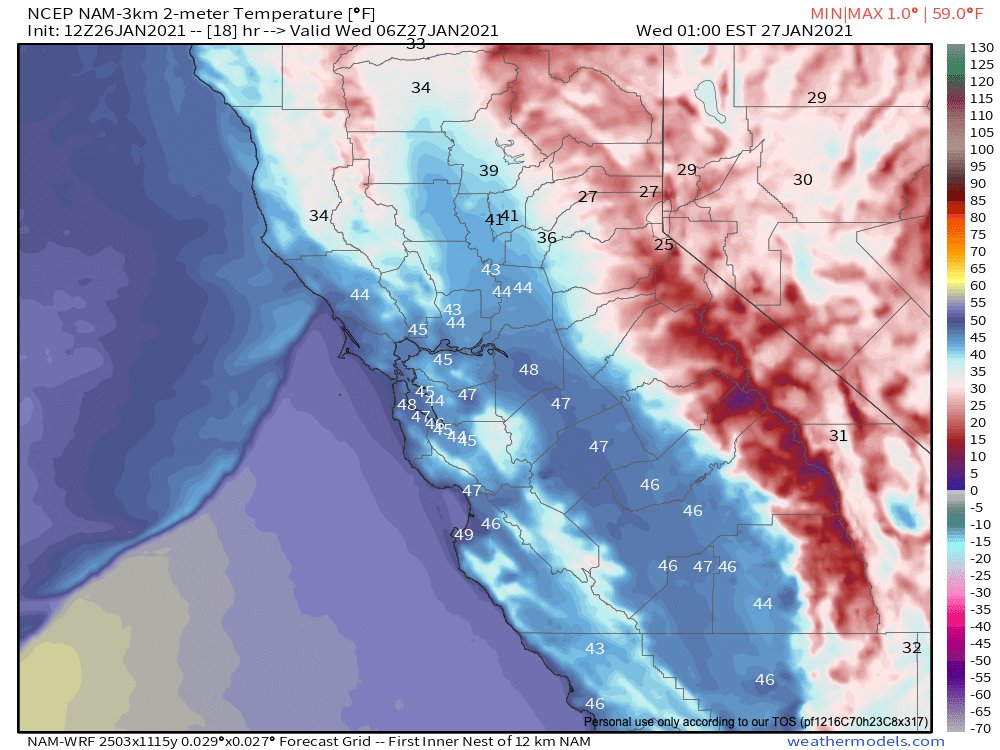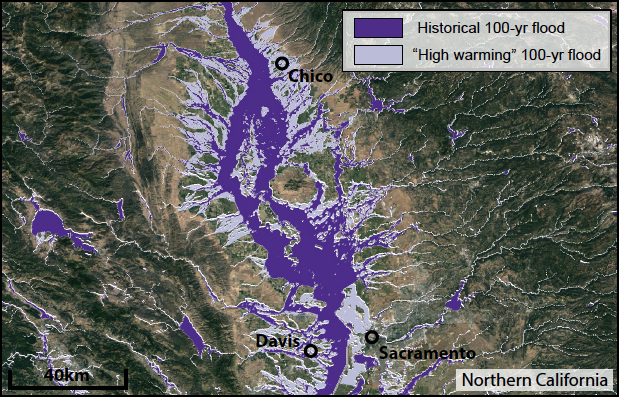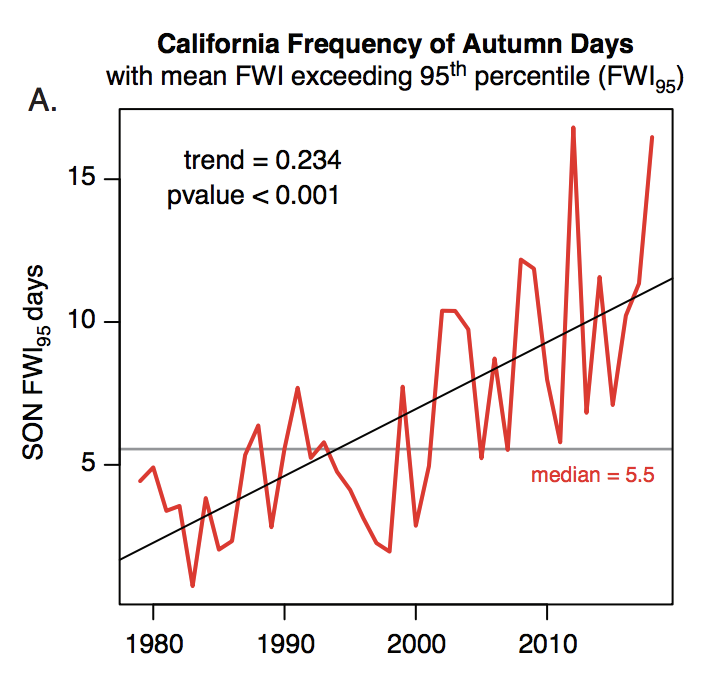
My perspective piece, "A shorter, sharper rainy season amplifies California wildfire risk," is now out in GRL. I discuss recent findings pointing toward shortening & sharpening wet season, & implications for ecology/wildfire. (1/17) #CAwx #CAfire #CAwater agupubs.onlinelibrary.wiley.com/doi/abs/10.102…
This perspective is in response to a recent analysis led by Jelena Luković showing that seasonal onset of CA precipitation has become progressively delayed (by ~1 month) in recent decades, w/ shorter but sharper rainy season. Underlying paper: agupubs.onlinelibrary.wiley.com/doi/full/10.10… (2)
Record heat, plus late arrival of seasonal rains, have played a key role in CA's extremely severe wildfire seasons in recent years. Autumn 2020 exemplified this trend: vegetation conditions were, by a wide margin, the most flammable on record.#CAfire agupubs.onlinelibrary.wiley.com/doi/abs/10.102… (3) 


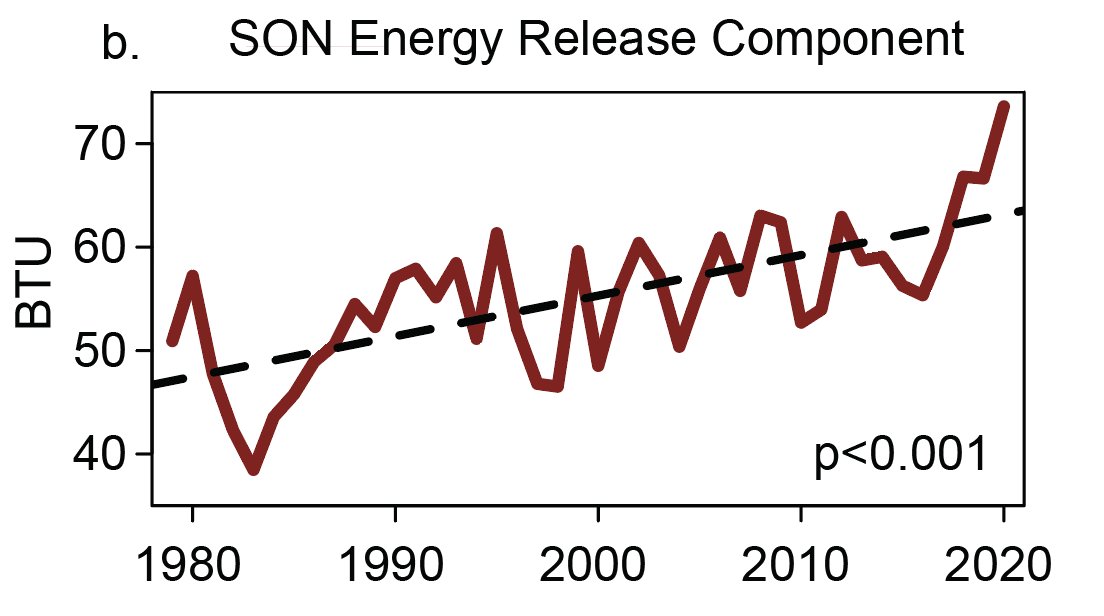
A profound example of this is the devastating Camp Fire, which destroyed most of the town of Paradise, CA on November 8, 2018. Pushed by strong winds, this was a very late season fire made possible by severely delayed autumn rains that year.
https://twitter.com/Weather_West/status/1061316105308753920?s=20(4)
You may ask: why is a ~1 month delay in CA's rainy season, and a broader decrease in autumn precipitation, so consequential from an ecological and wildfire perspective? The vast majority of California's annual water arrives during the winter, after all!agupubs.onlinelibrary.wiley.com/doi/abs/10.102… (5)
Well, the answer lies in California's Mediterranean climate. CA already sees long & very dry summers during which potential evaporation greatly exceeds precipitation. As a result, vegetation becomes progressively drier from May through...whenever rains arrive again. (6)
Dead vegetation dries out first (e.g., seasonal grasses, tree litter on forest floor, drought/beetle-killed trees). Toward end of dry season, moisture in living vegetation also decreases as soils dry out. Landscape-wide flammability therefore peaks at end of dry season. (7) 

As a result, delayed autumn precipitation onset not only leads to longer fire seasons, but can also lead to more severe peak flammability of vegetation. (8) agupubs.onlinelibrary.wiley.com/doi/abs/10.102…
But there's more. Autumn-early winter is also "offshore wind season" in California. These downsloping & desiccating land-to-sea winds, locally known as "Diablo" & "Santa Ana" winds, have historically been a key factor in some of CA's most dangerous & destructive fires. (9)
A delayed rainy season also increases degree of temporal overlap between "offshore wind season" & "extremely dry vegetation season." This increased confluence can greatly amplify fire risk--even without any change in winds themselves! #CAfire #CAwx agupubs.onlinelibrary.wiley.com/doi/abs/10.102… (10) 

Importantly, the observed trend toward drier autumns and sharper precipitation seasonality in California reported by Luković et al. is consistent with climate model projections for a warming climate. agupubs.onlinelibrary.wiley.com/doi/abs/10.102… (11)
Multiple independent analyses using different climate models (including the CMIP5, CESM-LENS, and NA-CORDEX experiments) have come to similar conclusions: California is likely to see shorter but sharper wet seasons due to #ClimateChange, including substantial autumn drying. (12) 

Our own work from 2018 contributes to this body of evidence. We found that autumn (& eventually spring) drying are likely to eventually emerge--even as CA sees only modest changes in annual average precip & a large increase in both wet & dry extremes. (13) nature.com/articles/s4155…
Thus, the observed trends reported in Luković et al. plausibly represent the early emergence of climate change-caused shifts in California's precipitation seasonality that we can expect to persist, and perhaps amplify, in a still-warming climate. (14) agupubs.onlinelibrary.wiley.com/doi/abs/10.102…
As we addressed in work led by Michael Goss just last year, the occurrence of extreme autumn wildfire conditions has already increased pretty dramatically in recent decades--doubling since ~1980 due to rising temperatures and decreasing autumn precip. (15)
https://twitter.com/Weather_West/status/1244762993495138304
Thus, these new observational findings strengthen notion that CA will face increasingly extreme autumn fire risk in warming climate,& that delayed rainy seasons play key role in increasing temporal overlap between offshore wind & dry veg conditions. (16) agupubs.onlinelibrary.wiley.com/doi/abs/10.102…
Finally: this seasonality shift does, perhaps, offer a modest silver lining: as climate warms, there may be more opportunities to use beneficial prescribed fire (which reduces risk of catastrophic fires) more extensively in early winter than historically has been possible. (17)
• • •
Missing some Tweet in this thread? You can try to
force a refresh





